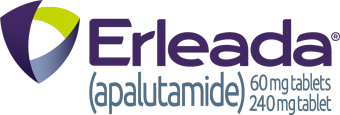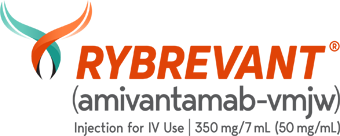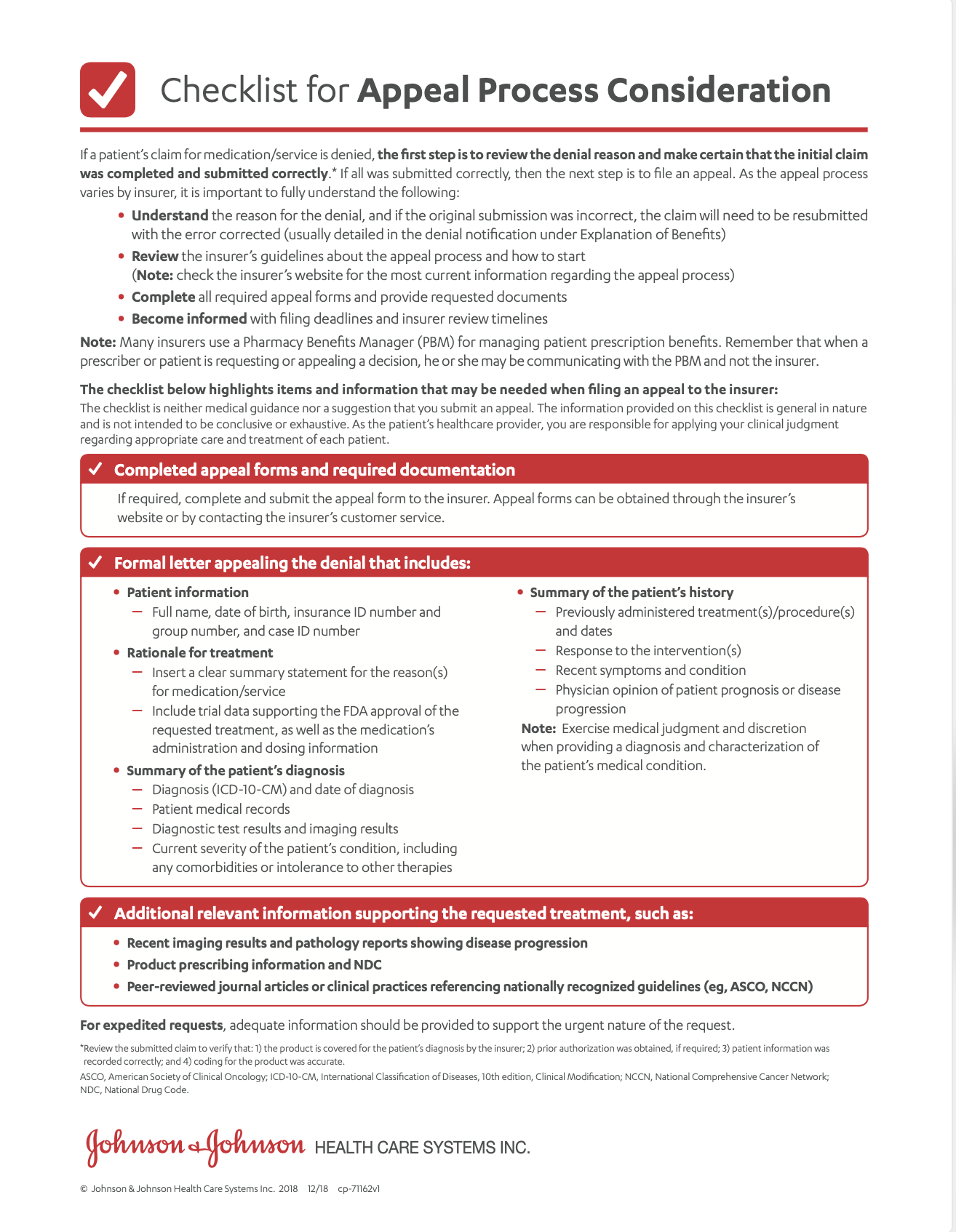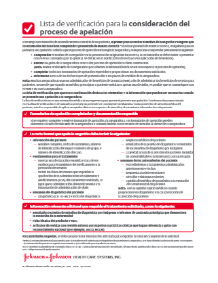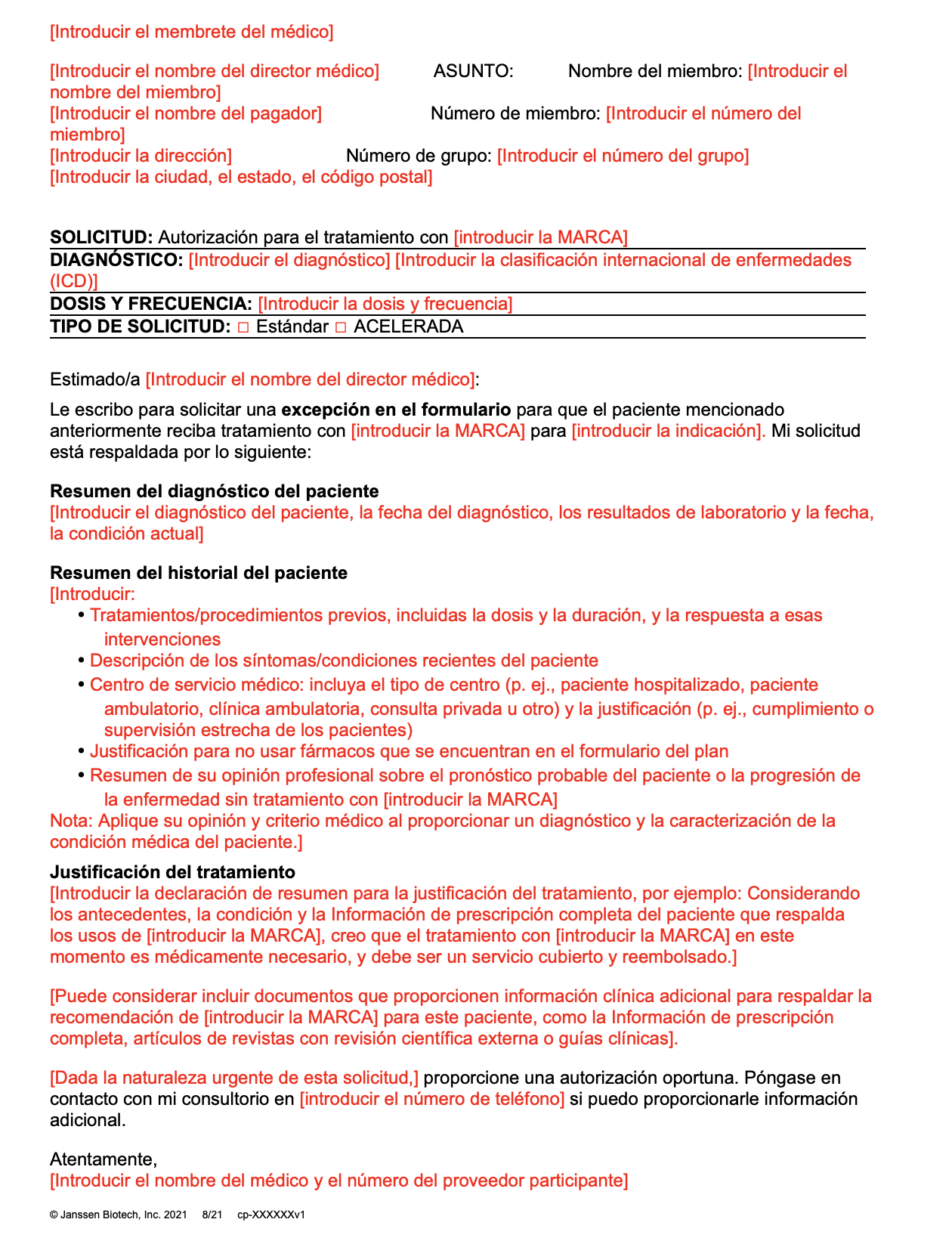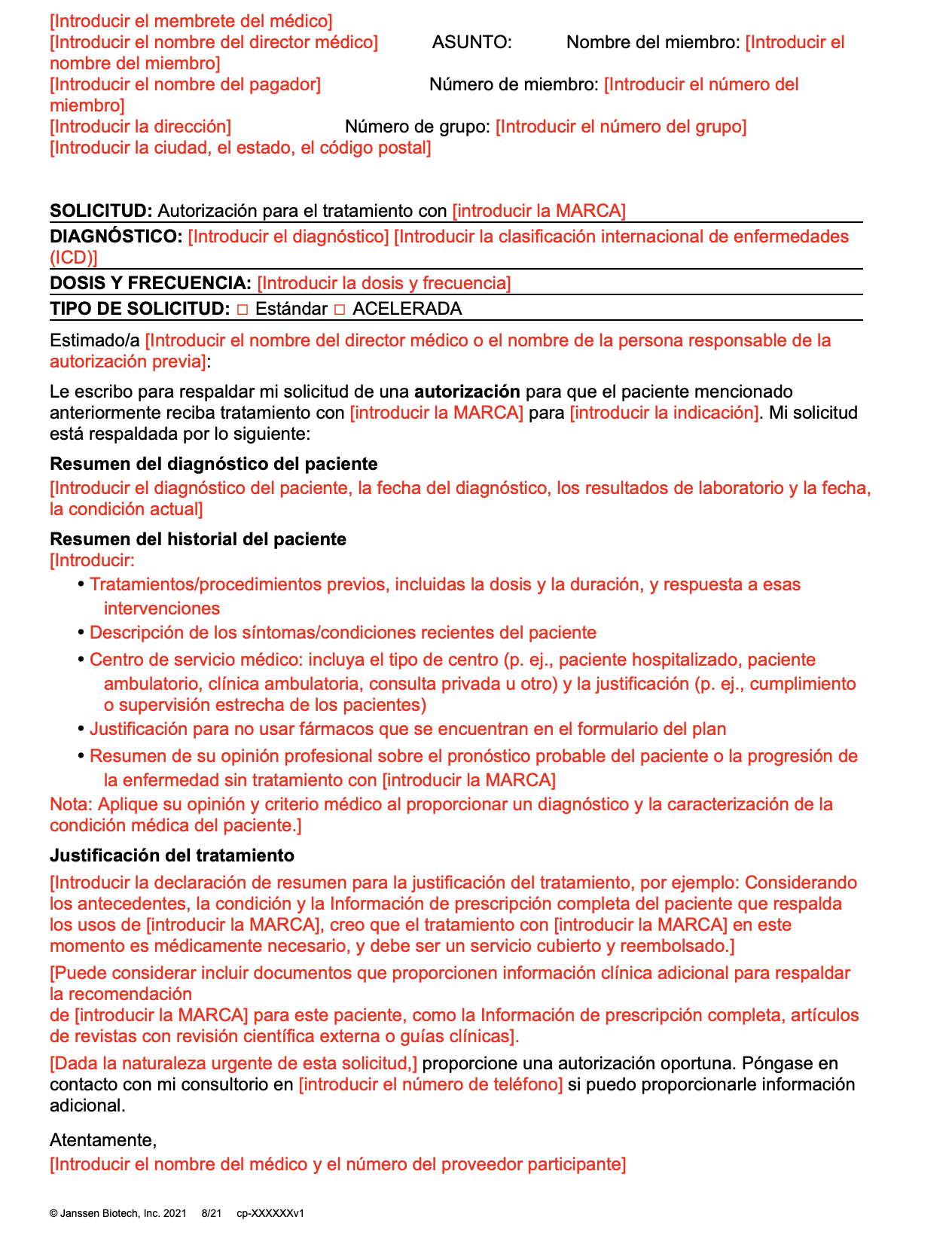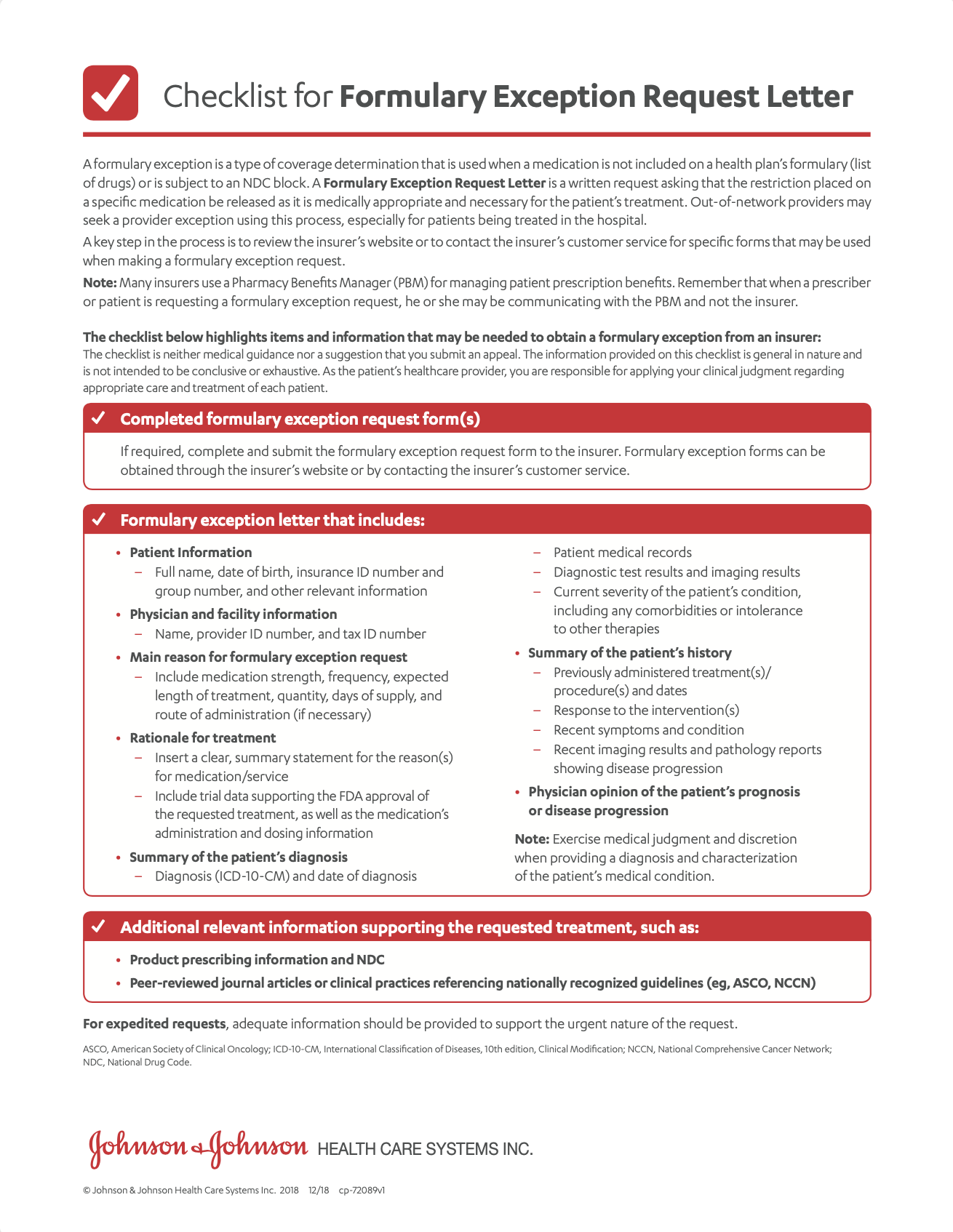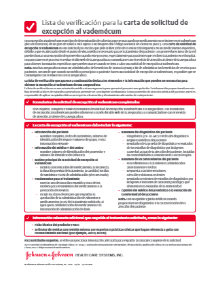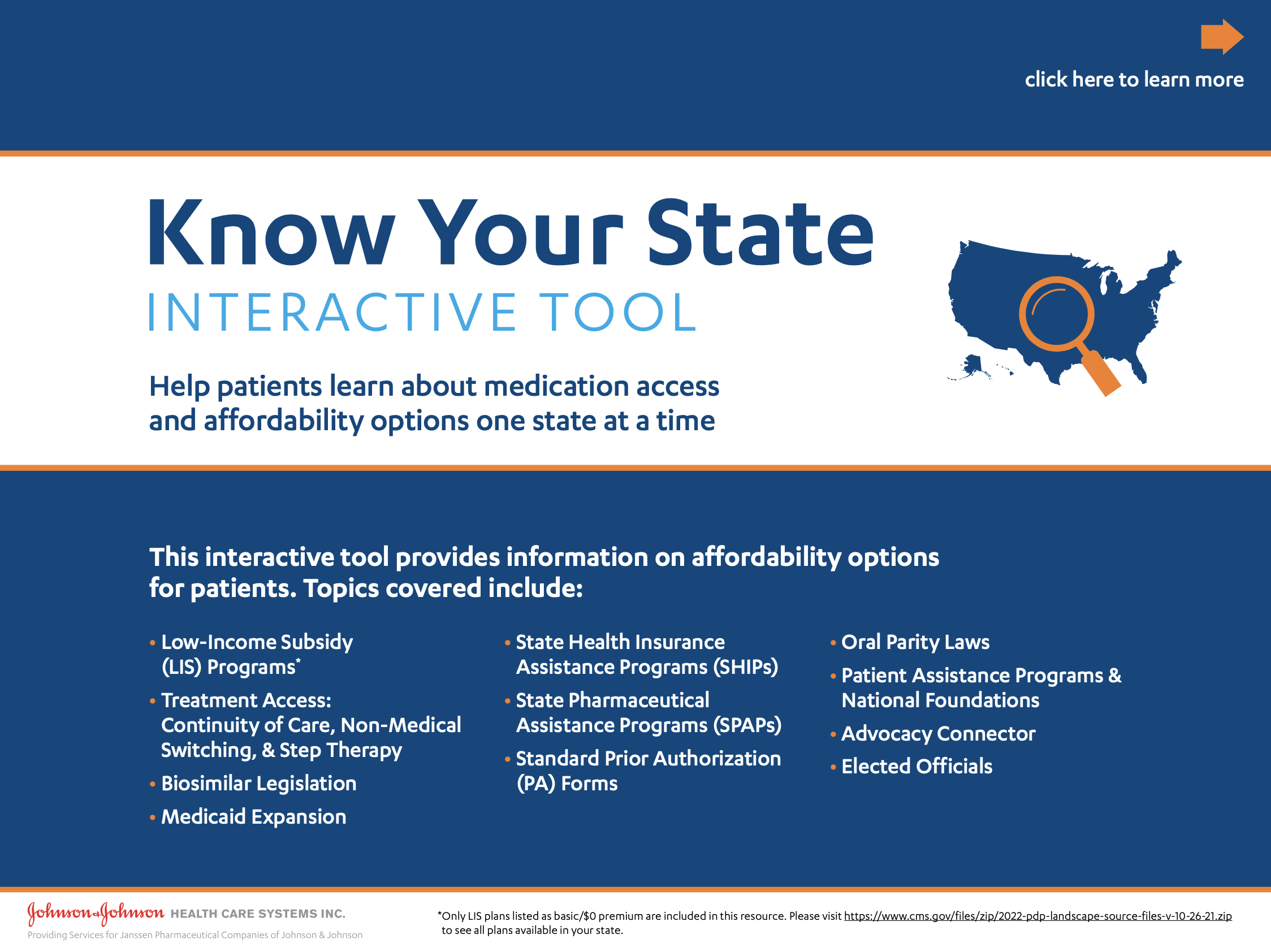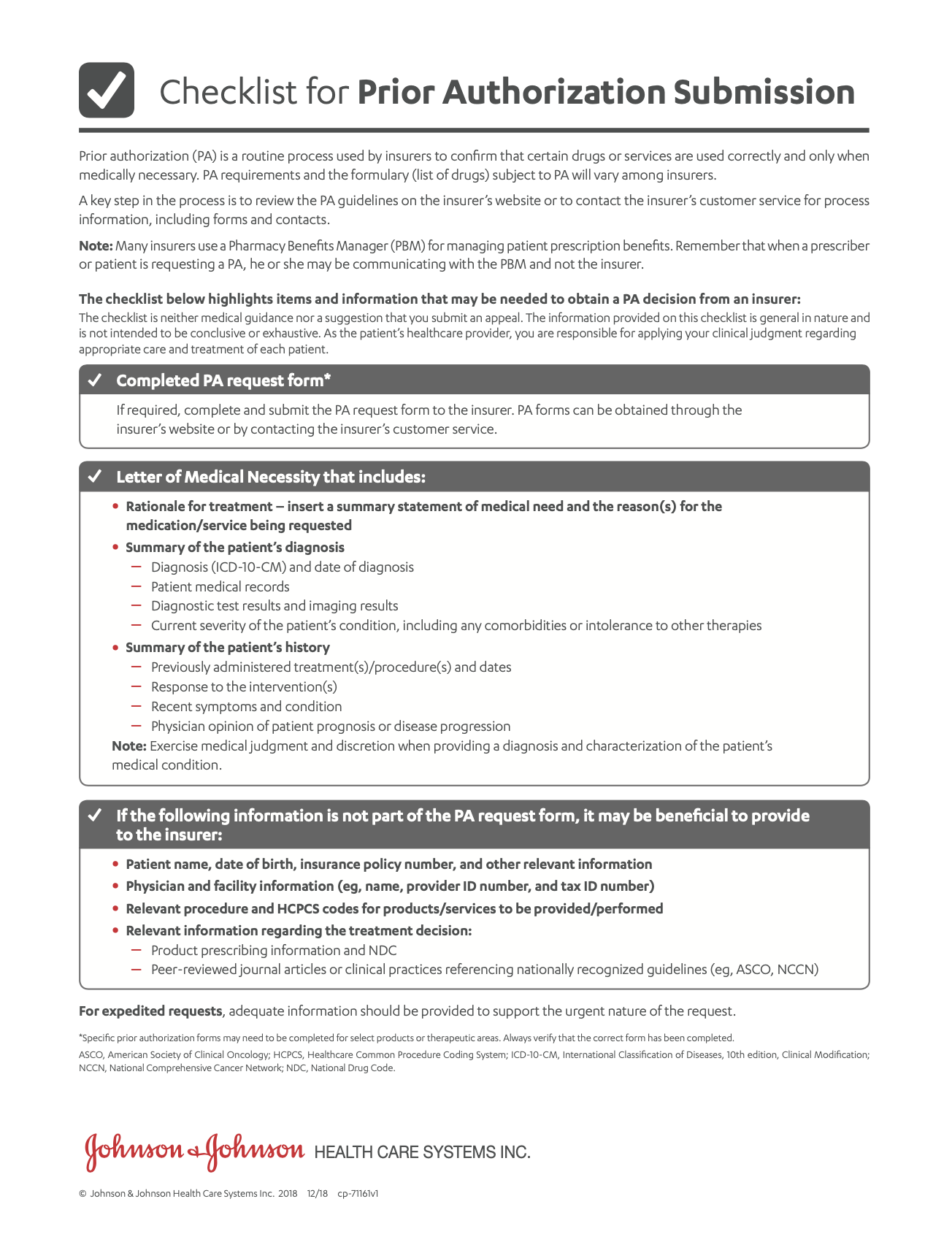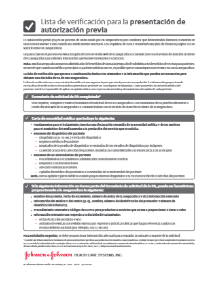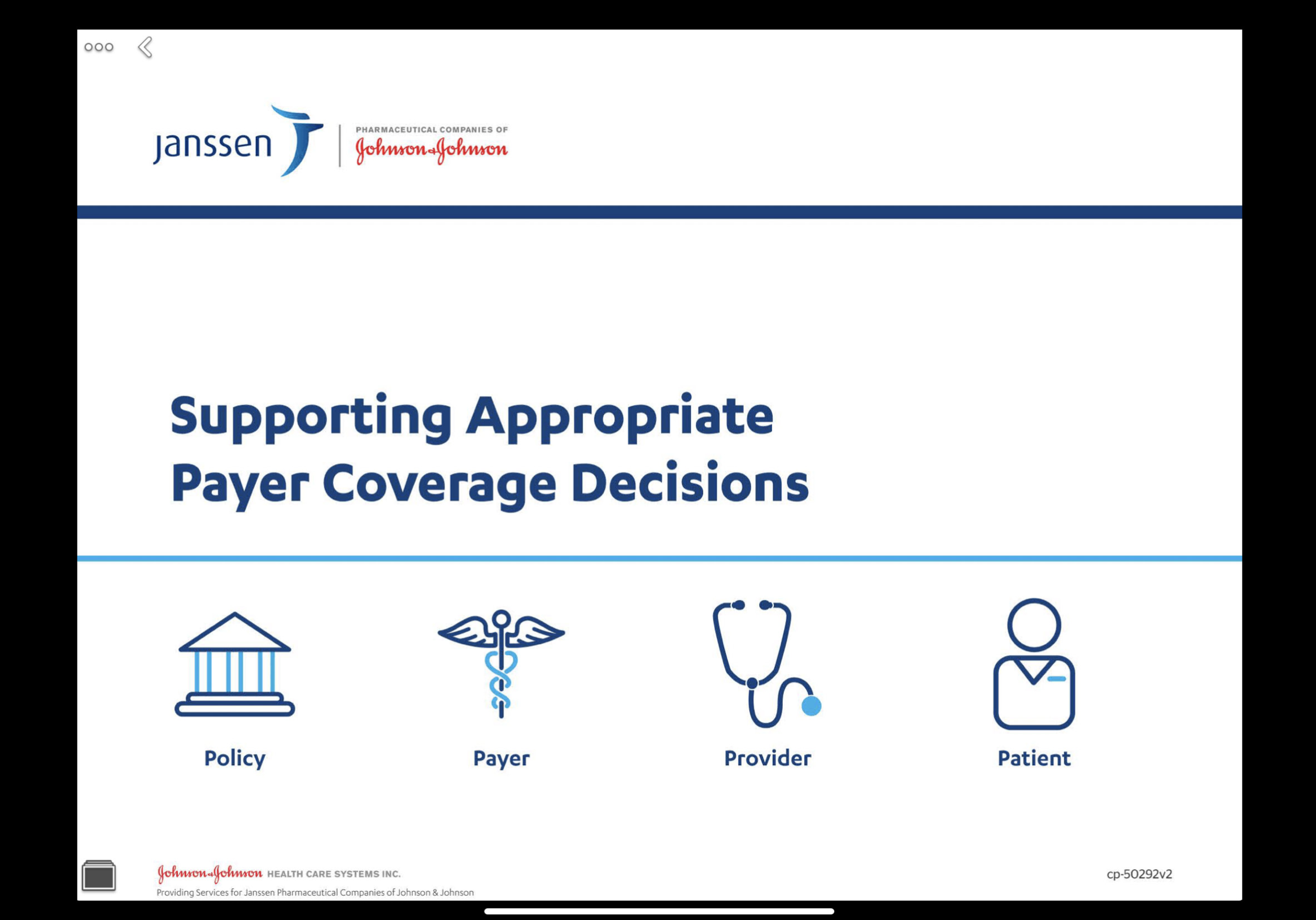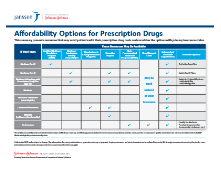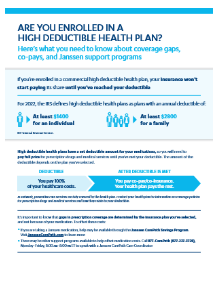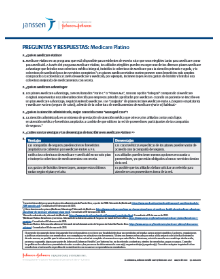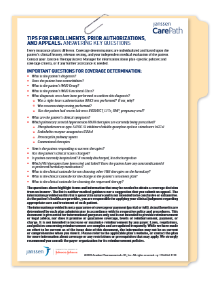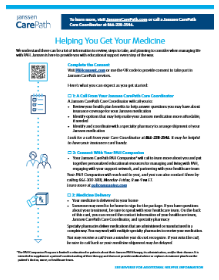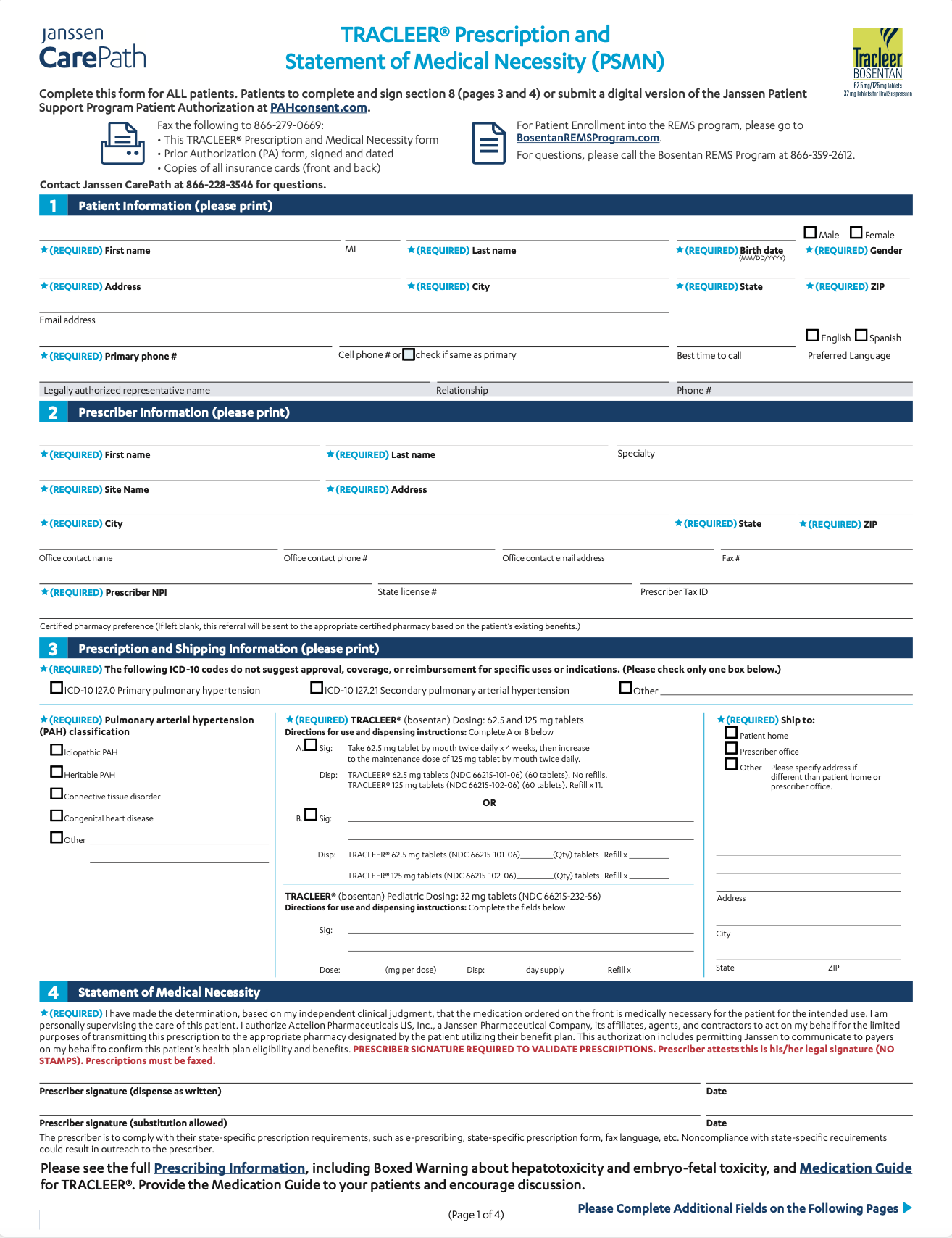BOXED WARNING: RISKS OF HEPATOTOXICITY and EMBRYO-FETAL TOXICITY
Because of the risks of hepatotoxicity and birth defects, TRACLEER® is available only through a restricted program called the Bosentan REMS Program, which is a component of the Bosentan Risk Evaluation and Mitigation Strategy (REMS). Under the Bosentan REMS, prescribers, patients, and pharmacies must enroll in the program
Hepatotoxicity
Elevations of liver aminotransferases (ALT, AST) and liver failure have been reported with TRACLEER®. In a setting of close monitoring, rare cases of liver failure and unexplained hepatic cirrhosis were observed after prolonged (>12 months) treatment. In general, avoid using TRACLEER® in patients with elevated aminotransferases (>3 × ULN) at baseline. Measure liver aminotransferases prior to initiation of treatment and then monthly. Discontinue TRACLEER® if aminotransferase elevations are accompanied by signs or symptoms of liver dysfunction or injury or increases in bilirubin ≥2 × ULN.
Embryo-Fetal Toxicity
TRACLEER® is likely to cause major birth defects if used by pregnant females. Therefore, pregnancy must be excluded before the start of treatment with TRACLEER®. Throughout treatment and for one month after stopping TRACLEER®, females of reproductive potential must use two reliable methods of contraception unless the patient has an intrauterine device (IUD) or tubal sterilization, in which case no other contraception is needed. Hormonal contraceptives, including oral, injectable, transdermal, and implantable contraceptives should not be used as the sole means of contraception because these may not be effective in patients receiving TRACLEER®. Obtain monthly pregnancy tests.
CONTRAINDICATIONS
Pregnancy: Use of TRACLEER® is contraindicated in females who are or may become pregnant. To prevent pregnancy, females of reproductive potential must use two reliable forms of contraception during treatment and for one month after stopping TRACLEER®
Use with Cyclosporine A: Co-administration of cyclosporine A and bosentan resulted in markedly increased plasma concentrations of bosentan. Therefore, concomitant use of TRACLEER® and cyclosporine A is contraindicated
Use with Glyburide: An increased risk of liver enzyme elevations was observed in patients receiving glyburide concomitantly with bosentan. Therefore co-administration of glyburide and TRACLEER® is contraindicated
Hypersensitivity: TRACLEER® is contraindicated in patients who are hypersensitive to bosentan or any component of the product.
WARNINGS AND PRECAUTIONS
Hepatotoxicity
- In clinical trials, ALT/AST elevation (>3 × ULN) were observed in 11% of patients treated with TRACLEER®, accompanied by elevated bilirubin in a few cases. In a pooled analysis of pediatric studies conducted in PAH, elevations in liver aminotransferases ≥3 × ULN were observed in 2% of patients.
- The combination of hepatocellular injury (increases in aminotransferases of >3 × ULN) and increases in total bilirubin (≥2 × ULN) is a marker for potential serious hepatotoxicity.
- Liver aminotransferase levels must be measured prior to initiation of treatment and then monthly and therapy adjusted accordingly. Discontinue TRACLEER® if liver aminotransferase elevations are accompanied by clinical symptoms of hepatotoxicity or increases in bilirubin ≥2 × ULN.
- Avoid initiation of TRACLEER® in patients with elevated aminotransferases (>3 × ULN).
Embryo-fetal Toxicity
- TRACLEER® may cause fetal harm when administered to a pregnant female and is contraindicated in females who are pregnant. Advise females of reproductive potential of the potential risk to a fetus.
- Obtain a pregnancy test prior to TRACLEER® treatment, monthly during treatment and for one month after stopping treatment. Advise females of reproductive potential to use two reliable forms of contraception during treatment with TRACLEER® and for at least one month after the last dose.
- TRACLEER® is only available for females through a restricted program under REMS.
Prescribing and Distribution Program for Bosentan
Because of the risks of hepatotoxicity and birth defects, TRACLEER® is available only through a restricted program called the Bosentan REMS Program.
Required components of the Bosentan REMS are:
- Healthcare professionals who prescribe TRACLEER® must review the prescriber educational materials, enroll in the Bosentan REMS Program and comply with its requirements.
- Healthcare professionals must (1) review serum aminotransferases (ALT/AST) and bilirubin, and agree to order and monitor these tests monthly; and (2) for females of reproductive potential, confirm that the patient is not pregnant, and agree to order and monitor pregnancy tests monthly.
- To receive TRACLEER®, all patients must understand the risks and benefits, and complete a patient enrollment form.
- Pharmacies that dispense TRACLEER® must enroll in the program and agree to comply with the Bosentan REMS Program requirements.
Fluid Retention
- Peripheral edema is a known clinical consequence of PAH and worsening PAH and is also a known effect of TRACLEER® and other endothelin receptor antagonists.
- If clinically significant fluid retention develops, with or without associated weight gain, further evaluation should be undertaken to determine the cause, such as TRACLEER® or underlying heart failure, and the possible need for treatment or discontinuation of TRACLEER®.
Pulmonary Veno-Occlusive Disease
- If signs of pulmonary edema occur, consider the possibility of associated pulmonary veno-occlusive disease and consider whether TRACLEER® should be discontinued.
Decreased Sperm Counts
- Decreased sperm counts have been observed in patients receiving TRACLEER®.
- Preclinical data also suggest that TRACLEER®, similar to other endothelin receptor antagonists, may have an adverse effect on spermatogenesis.
Decreases in Hemoglobin and Hematocrit
- Treatment with TRACLEER® can cause a dose-related decrease in hemoglobin and hematocrit.
- It is recommended that hemoglobin concentrations be checked after 1 and 3 months, and every 3 months thereafter. If a marked decrease in hemoglobin concentration occurs, further evaluation should be undertaken to determine the cause and need for specific treatment.
ADVERSE REACTIONS
In TRACLEER® pivotal trials, the most common adverse events occurring more often in TRACLEER®-treated patients than in patients taking placebo were respiratory tract infection (22% vs 17%), headache (15% vs 14%), edema (11% vs 9%), chest pain (5% vs 5%), syncope (5% vs 4%), flushing (4% vs 3%), hypotension (4% vs 2%), sinusitis (4% vs 2%), arthralgia (4% vs 2%), abnormal serum aminotransferases (4% vs 2%), palpitations (4% vs 2%), and anemia (3% vs 0%). TRACLEER® was evaluated for safety in pediatric patients in uncontrolled studies. The safety profile was similar to that observed in adult patients with PAH.
DRUG INTERACTIONS
- TRACLEER® is contraindicated for use with cyclosporine A and with glyburide.
- TRACLEER® is metabolized by CYP2C9 and CYP3A and an inducer of CYP3A and CYP2C9.
- Co-administration with agents that are metabolized by these pathways may affect plasma concentrations of one or both agents.
- When initiating lopinavir/ritonavir and other ritonavir-containing HIV regimens, dosage adjustment of TRACLEER® is necessary.
- When co-administered with simvastatin, or other statins that are CYP3A substrates, dosage adjustment of such statins may need to be considered.
- When co-administered with rifampin, a CYP3A inducer, liver function should be monitored weekly.
- When co-administered with ketoconazole, a potent CYP3A inhibitor, no dose adjustment of TRACLEER® is necessary, but increased effects of TRACLEER® may need to be considered.
- Hormonal contraceptives, including oral, injectable, transdermal, and implantable forms, may not be reliable when TRACLEER® is co-administered.
- There are no clinically relevant interactions between TRACLEER® and warfarin, digoxin, nimodipine, losartan, sildenafil, or tadalafil.
- Dose adjustments are not necessary when TRACLEER® and sildenafil or tadalafil are co-administered.
LIVER ENZYME ELEVATIONS
- Measure liver aminotransferases prior to initiation of treatment and then monthly.
- Use of TRACLEER® should generally be avoided in patients with elevated aminotransferases (>3 x ULN) at baseline because monitoring for hepatotoxicity may be more difficult.
- It is important to adhere strictly to the monthly monitoring schedule for the duration of treatment.
- Changes in aminotransferases may occur early or late in treatment.
- There have been rare postmarketing reports of liver failure and unexplained hepatic cirrhosis in a setting of close monitoring; the contribution of TRACLEER® could not be excluded.
- For patients whose monthly LFTs are ≤3 x ULN, no change in monitoring schedule or dosage is required.
- For patients whose monthly LFTs are >3 x ULN, close monitoring and either dose reduction or treatment cessation are necessary.
MONITORING
It is important to adhere strictly to the monthly monitoring schedule for LFTs and, if applicable, pregnancy for the duration of treatment.
Please read full Prescribing Information, including BOXED WARNING.
cp-113987v3



